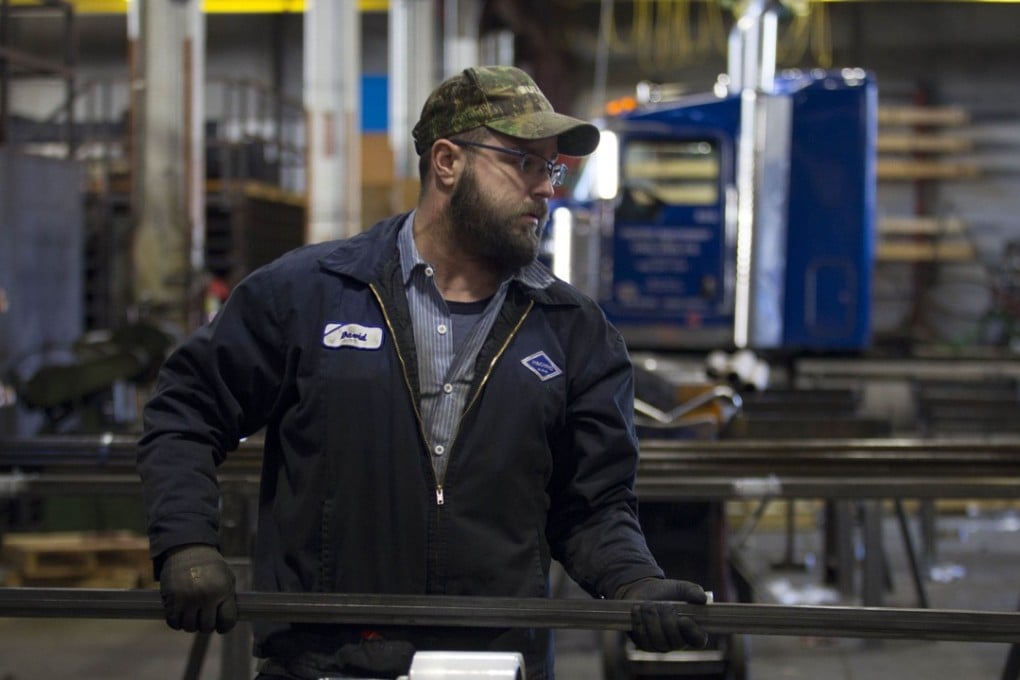Advertisement
Trump’s steel, aluminium tariffs may well backfire, giving China the upper hand
William Marshall says World Trade Organisation rules include procedures to address unfair practices without risking a trade war, which may inflict even more pain on the US as nations like China seek oblique ways to retaliate
Reading Time:4 minutes
Why you can trust SCMP

US President Donald Trump has made China’s trade surplus a primary economic – and now national security – issue. The tariff protections on steel and aluminium he has issued can be seen as a broad approach to ensnare Chinese exporters of these products – along with every other exporter outside North America.
Founded on a little-used national security exception to World Trade Organisation rules, the US has potentially made itself a target of retaliatory measures where it stands to lose much more than primary metal production capacity. Unrelated but strategically vital US industries may well be exposed to a retaliatory backlash and China may end up with an advantage in this round.
On the basis of national security, Trump has announced aggressive tariff measures on certain primary and semi-finished imports of steel and aluminium from all sources except Canada and Mexico. These tariffs – 25 per cent for steel and 10 per cent for aluminium – are intended to bring up US domestic production of such items, so that 80 per cent of existing US domestic production capacity is put to use. The proclamations on both steel and aluminium highlight global overcapacity as the primary cause of allegedly unfair trade practices and abusive export prices of steel and aluminium into the United States. The term “overcapacity” is code for “China”. Combating Chinese overcapacity, an effort Beijing is actively working to address, could be much more effective through dialogue, cooperation and incentives for value-added exports over the primary and semi-finished exports targeted by the US.
Advertisement
In his presidential proclamations ,Trump made numerous references to “global excess capacity”. A review of trade statistics and public comments by interested parties during the Department of Commerce investigation indicates it is China’s capacity Trump refers to, and at which most public comments were directed, as the largest threat to US steel and aluminium. Regardless, the existing WTO agreement provides effective remedies for predatory pricing, whether based on overcapacity, preferential loans or potentially damaging export incentives.
Donald Trump has a point on steel tariffs, but does he have a solution?
The US has effectively employed anti-dumping measures against China, resulting in a decline in Chinese market share of aluminium and steel in the US. No industry anywhere in the world has used such measures more often or with greater effect than the US steel industry. Why national security interests need to be invoked here remains a mystery.
Advertisement
Select Voice
Choose your listening speed
Get through articles 2x faster
1.25x
250 WPM
Slow
Average
Fast
1.25x